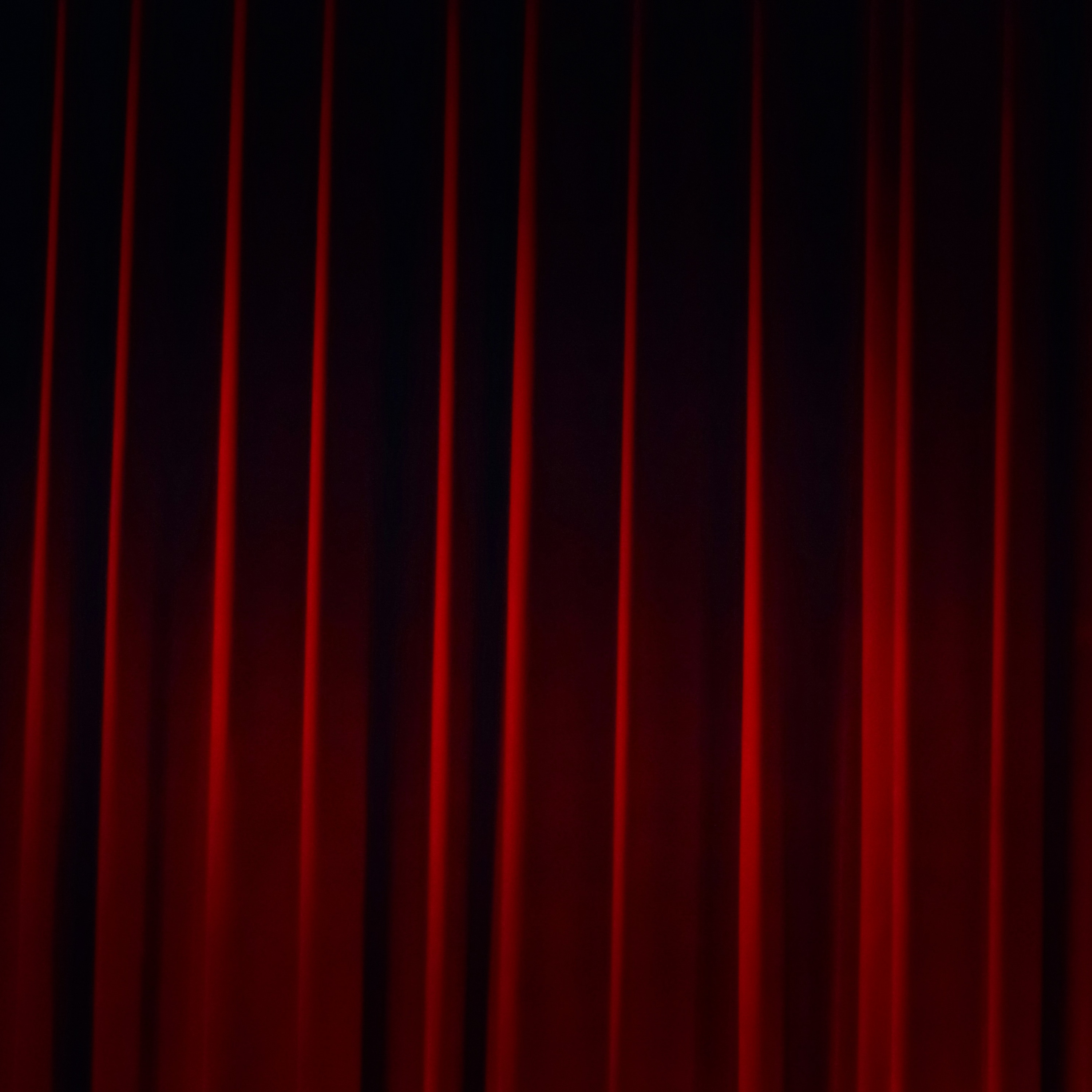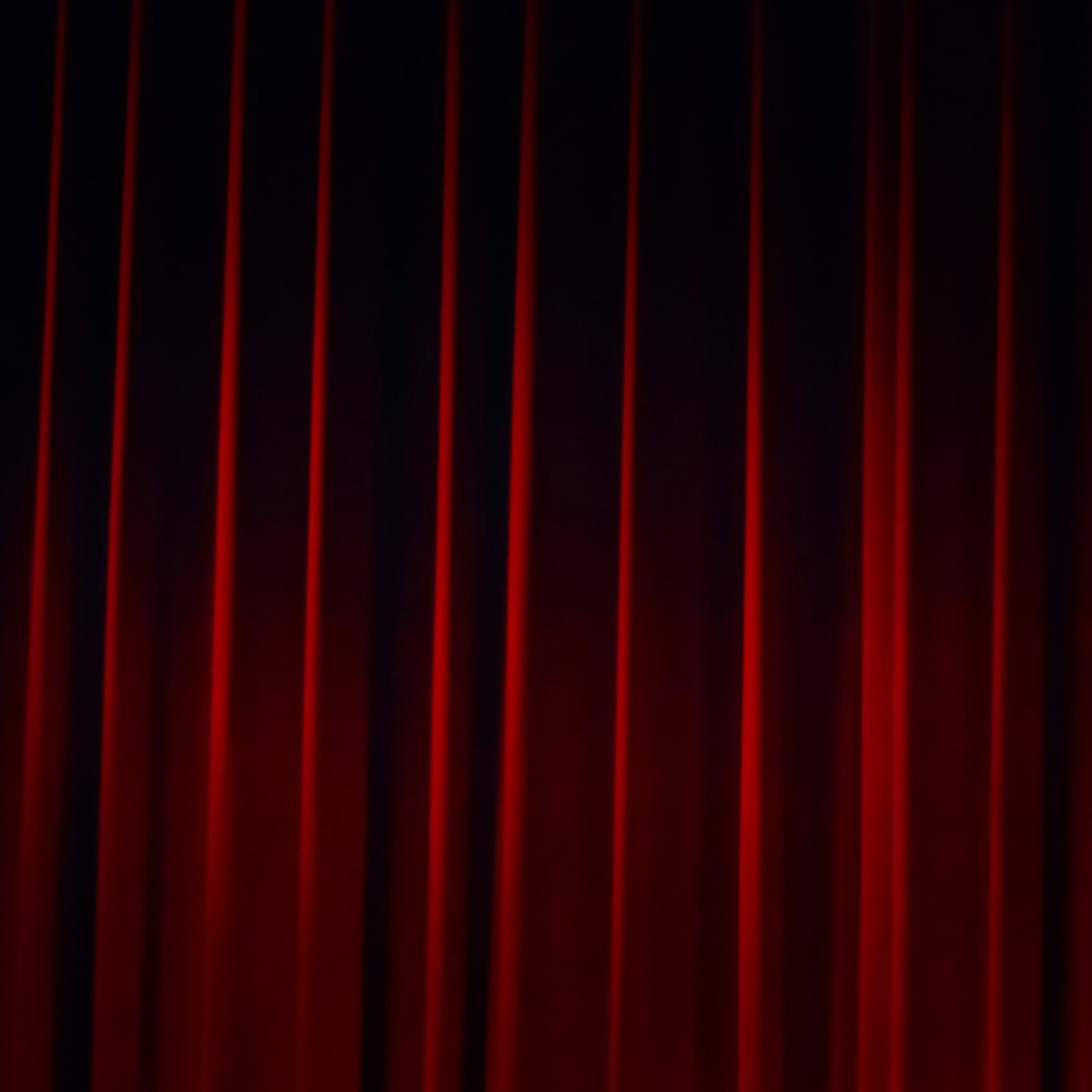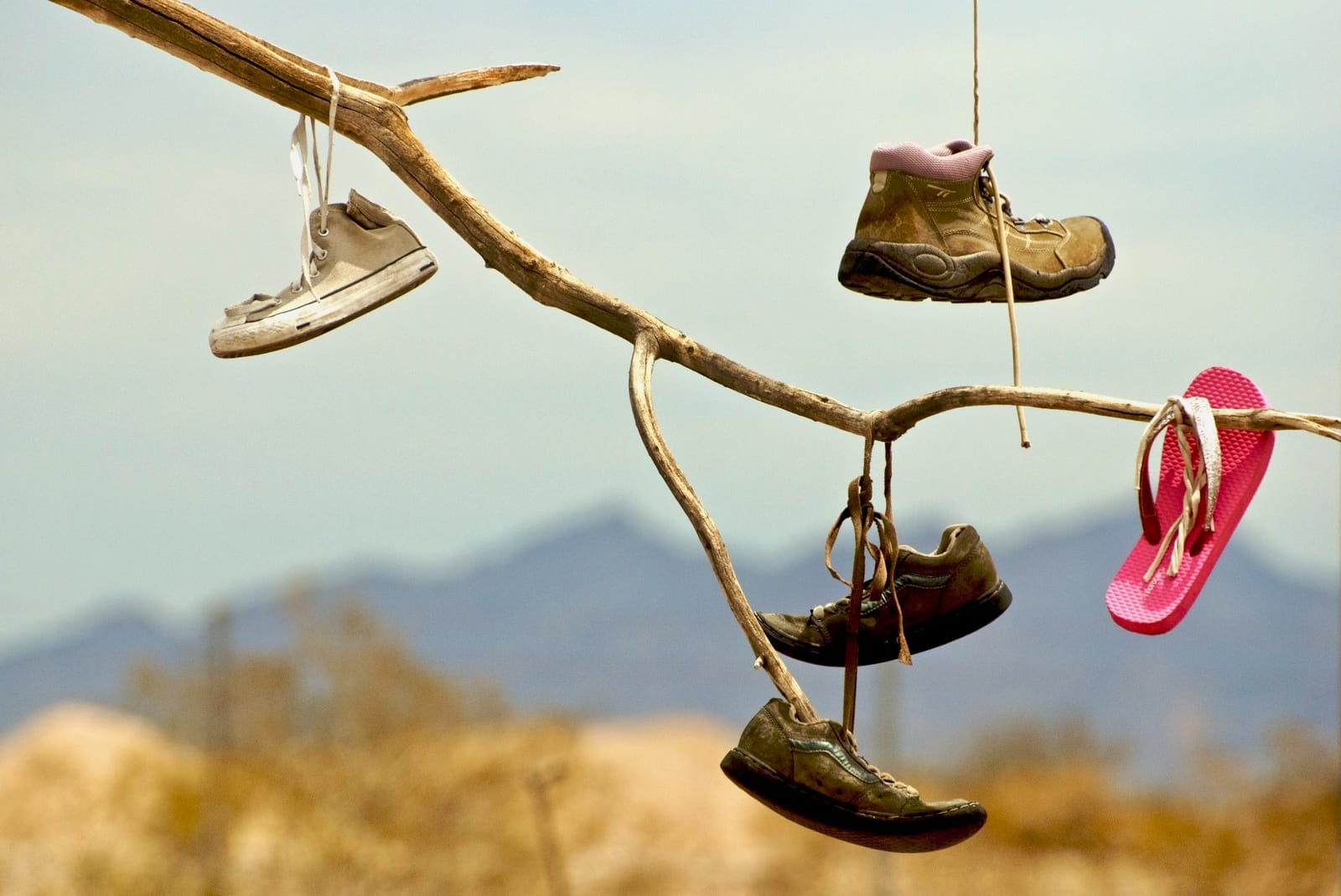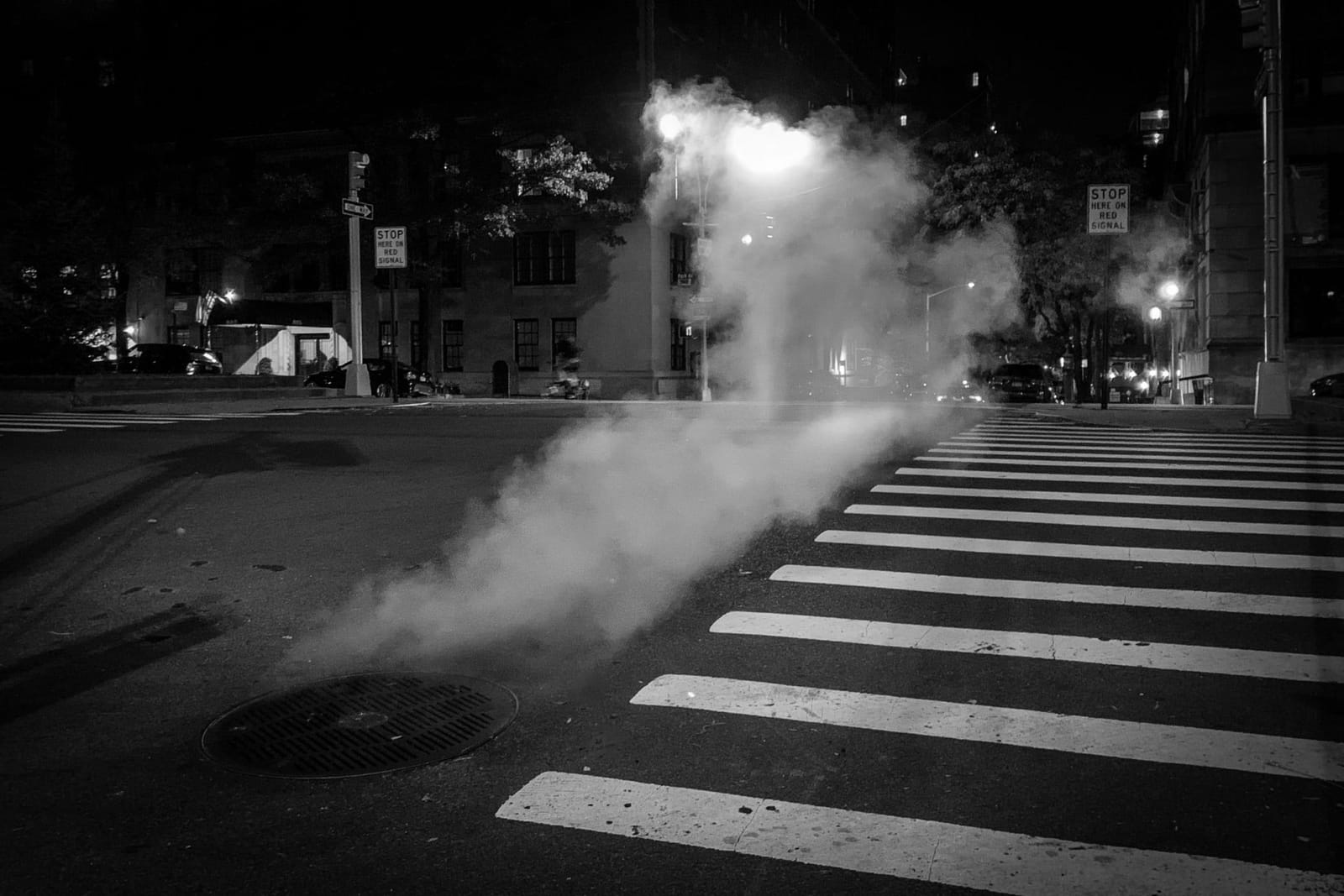I.
I’m writing this on a Tokyo-bound airplane somewhere over the Bering Sea. The sun has been setting for six hours since we took off from Chicago, and my sense of time has been destroyed, an effect aided by a headful of antibiotics and decongestants due to a hellacious bout of bronchitis. It might be Sunday. It could be Tuesday somewhere.
Lately I’ve been thinking about ruin. There’s Iris Murdoch’s maxim that “every book is the wreck of a perfect idea.” Or Ian Penman’s directive to “let the ruin attract its own spectres.” In this zone, failure dissolves into possibility, and there is liberation in the wreckage of my plans, an idea perhaps best expressed in the Surrealist Manifesto:
Let yourself be carried along, events will not tolerate your interference. You are nameless. The ease of everything is priceless.
But perhaps it all boils down to if you want to hear god laugh…
II.
Similar to my sense of the Tannhäuser Gate, the Red Curtain has become another mental landmark, a threshold where my precious ideas and little desires yield to the reality of the moment. And this moment in the twenty-first century is fucked. Everything is splintering, and each of us must contend with a buckshot spray of information coming from god only knows.
For too long, I’ve felt obligated to cobble the fractured experience of living in the Digital Age into nineteenth and twentieth-century forms. But the Red Curtain is where fragments come together and find their own logic.
David Lynch always understood this. “I started with the idea of front yards at night,” he said of the image that led to Blue Velvet. His playground was the limbo between death (the ultimate failure) and desire (proof of life) where the innocent exists alongside the sinister. This dynamic is hardwired, I think, and it begins with the childhood realization that clowns are frightening because they are smiling without reason.
III.
When I think of Lynch’s work, the first thing that comes to mind isn’t a story or a scene—it’s a sound: the long dark hum that runs throughout the pilot episode of Twin Peaks, roving like a ghost through the rooms of the familiar and the damned. The effect is like noticing an appliance or ventilation system that’s been droning all the while, but a shift in focus has occurred and now it’s impossible to hear anything else.
This is what I’ve tried to channel in tonight’s tribute to Lynch: a long dark hum that focus-shifts from the ruins of vintage ballads to fragments of sleek noir. Let it all garble and meld. I’m a freshly converted advocate of Tatsuo Miyajima’s philosophy: Keep changing. Connect with everything. Continue forever.
- Angelo Badalamenti - Laura Palmer’s Theme
Twin Peaks, 1990 | More - Rebekah Del Rio - Llorando
Mulholland Drive, 2001 | More - Dean Hurley - Night Electricity Theme
Anthology Resource Vol. 1 | Twin Peaks: The Return, 2017 | Bandcamp - Bohren & Der Club of Gore - Constant Fear
Black Earth | Wonder, 2002 | More - Roy Orbison - Crying
RCA Victor, 1961 | More - Bobby Vinton - Blue Velvet
Epic, 1963 | More - Chris Isaak - Wicked Game (23% slower)
Reprise, 1989 | More - The Paris Sisters - I Love How You Love Me
Gregmark, 1961 | More - Julee Cruise - Falling
Floating Into the Night, 1989 | Three Demos - Angelo Badalamenti - Twin Peaks Theme
Twin Peaks, 1990 | More - Roy Orbison - In Dreams (20% slower)
Monument Records, 1963 | More - Rod Modell + Taka Noda - Untitled 2
Glow World | Silentes, 2024 | Bandcamp
Many of these songs appear in Lynch’s most familiar work, although two do not—but Bohren & Der Club of Gore and Rod Modell’s work with Taka Noda almost sound more like Twin Peaks and Mulholland Drive than original films.
The Red Curtain is also a zone of detuned radios, busted machinery that bleeds through the walls, Patsy Cline, Elvis Presley, The Platters, and, if you listen closely, the Woodsman will remind you which is the water and which is the well. Listen below, or here's a shadowy mp3, and many thanks to C. for requesting a David Lynch episode.
Fragment-wise, here are some fast notes from Tokyo, a bit of rough thinking about god, and as C. and I travel from Naoshima to Taipei and back through Tokyo, I'll be throwing snapshots and snippets onto Bluesky like it's 2009.
Thank you for listening. The request lines are open.
Midnight Radio 017 | Download



